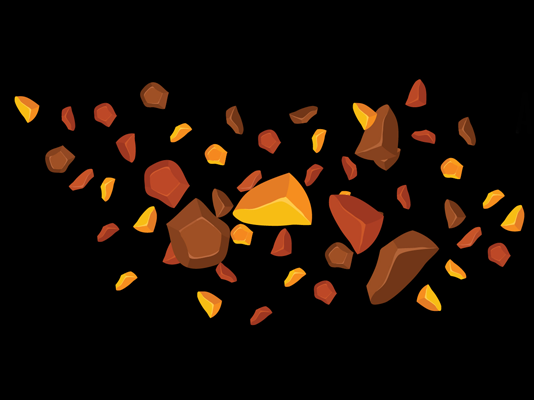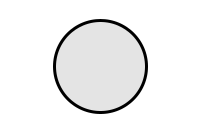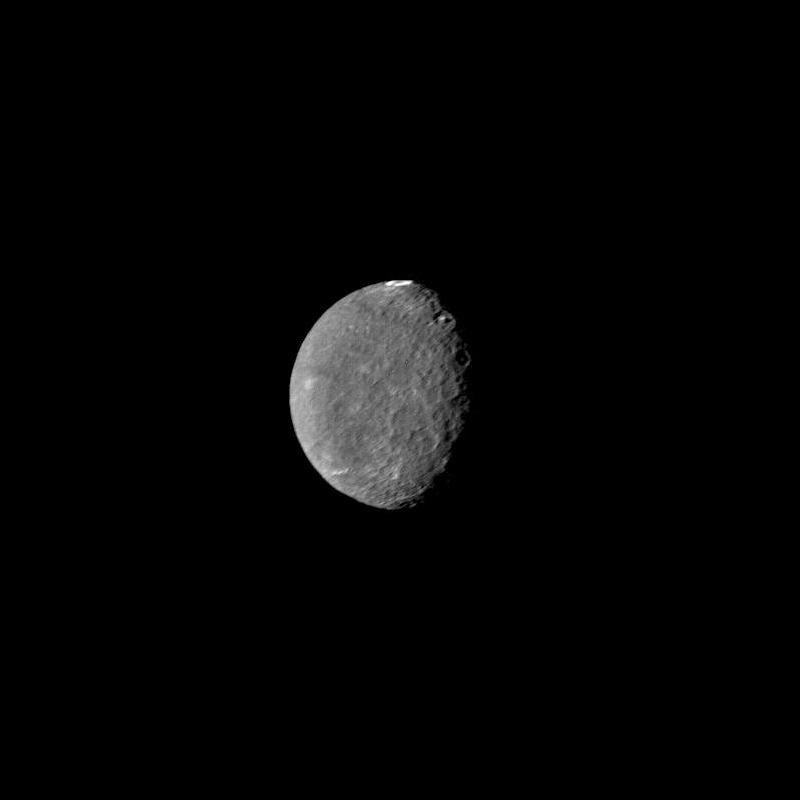Umbriel, a moon of Uranus
165,284 miles
726 miles
Umbriel is the third-largest moon of Uranus and one of its darkest, reflecting only a small fraction of the sunlight that hits it. It was discovered in 1851 by English astronomer William Lassell, at the same time as Ariel. With a diameter of 1,169 kilometres (726 miles), Umbriel takes just over four Earth days to orbit Uranus.
Umbriel’s surface is heavily cratered and appears much older than that of its neighbour Ariel. The darkness may be due to space weathering or the accumulation of material from Uranus’s more distant moons. One of Umbriel’s most distinctive features is a bright ring-shaped crater known as Wunda, which stands out starkly against the otherwise dark terrain.
Scientists believe Umbriel is composed of roughly equal amounts of water ice and rock. There is little evidence of recent geological activity, suggesting that Umbriel’s internal heat has long since dissipated, leaving it as a largely inert, frozen world.
Umbriel is named after a melancholy sprite in Alexander Pope’s satirical poem The Rape of the Lock (1712). In the poem, Umbriel travels to the underworld, known as the Cave of Spleen, where he collects sighs, sobs, and grief to bring back to Belinda, the poem’s heroine.
The name reflects the character’s association with darkness and gloom, fitting for one of Uranus’s dimmest large moons. Alongside Belinda and Ariel, Umbriel is one of only three of Uranus' moons to be named after characters in Pope’s poem rather than Shakespeare’s plays.






